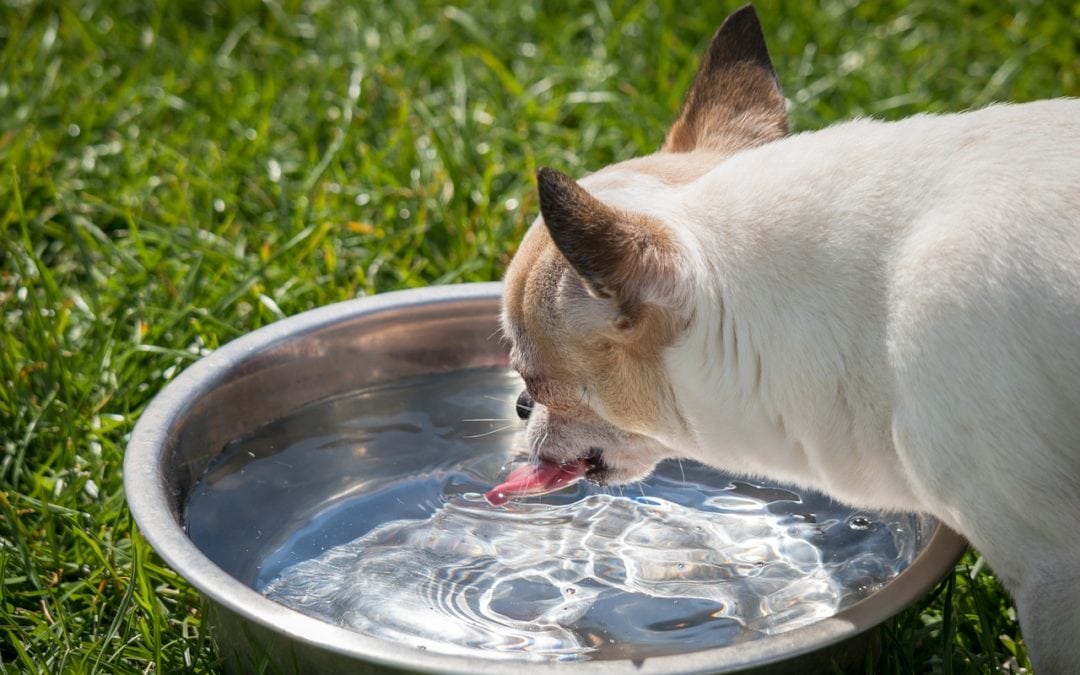At Northgate Animal Hospital we believe that comprehensive preventative care and responsive treatment are the best approaches to providing your companion with a long, happy, healthful life. And in the summertime, this includes preventing heat stroke!
Like humans, dogs and cats can become overheated. Unlike humans, our pets aren’t able to effectively reduce their body temperature by sweating. But, just because your furry pal can’t tell you when he’s too hot, doesn’t mean you can’t protect him from the potentially deadly effects of heat stroke, also known as hyperthermia or heat exhaustion. Here’s what you need to know to keep your pet safe as the weather heats up.
Signs of heat stroke in pets
Dogs and cats who are beginning to overheat will typically attempt to find water, shade, or a cooler place to go. They might also begin panting and drooling and their footpads might sweat.
If the attempts to cool off are unsuccessful and the animal’s body temperature rises further, you might notice:
- Rapid breathing
- Redness of the tongue and mouth
- Weakness
- Vomiting
- Dizziness
- Seizures
- Collapse
Preventing heat stroke in pets
During the summer months, try to walk your dog during the morning or evening hours.
Limit your pet’s time outside and be sure he has access to shade and fresh water at all times.
Never leave a pet in a car with the windows closed. Even when the outdoor temperature is in the high 70s, the temperature inside a car can quickly rise to dangerous levels.
Take extra precautions when humidity levels are high, which can increase the heat index.
Also take extra precautions for brachycephalic dog breeds (short-nosed breeds), like bulldogs, pugs, boxers, and others. These breeds are more susceptible to heat stroke than longer-nosed breeds.
Treating heat stroke in pets
If you find your pet unconscious or in serious distress, attempt to cool him/her off immediately, but cooling must be done carefully to prevent hypothermia (too cold).
Start right away by moving into the shade, or a cooler inside space. Stay calm and use a soothing voice to reassure you companion.
Soak their paws in cool water, and use a cool soaked washcloth on the back of the head and neck, being sure that no water runs into the nose or mouth. Wet the tongue with care so they do not accidentally aspirate (inhale) water.
If the animal is able to swallow, offer frequent small amounts of cool water. For example, allow lapping from a bowl of cool water for 20-30 seconds every 3-5minutes. Drinking too much at one time may cause vomiting and aspiration.






